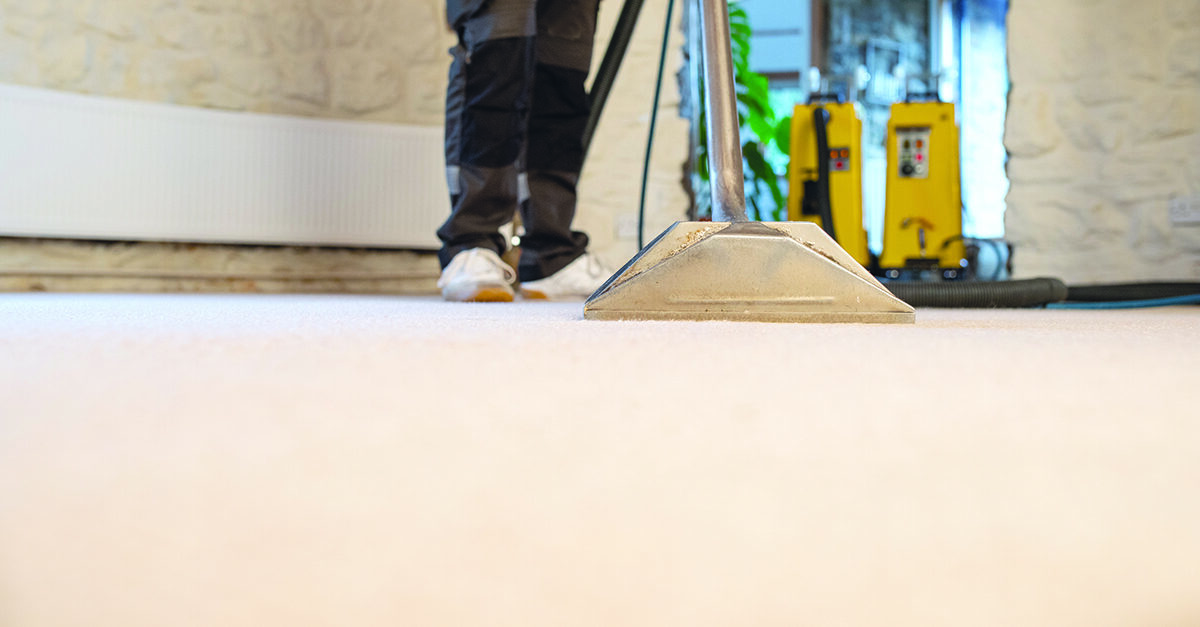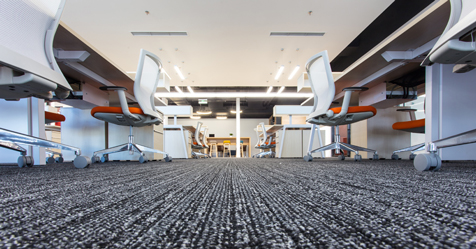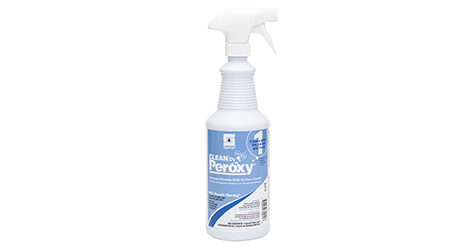Carpet in a commercial facility often contains several types of soil, from insoluble and water-soluble to dry solvent-soluble. Some soils may require enzymatic action to remove them from the carpet fiber.
Carpet cleaners and facility professionals must know what cleaning solutions to use on these different types of soils to effectively remove and suspend them from the fiber so they can be extracted. This knowledge will assist cleaning professionals in maintaining the carpet’s appearance and prolonging its life.
Suction up dry soils
Insoluble soils—such as sand, carbon, and hair—are dry and don’t adhere to the carpet fiber. They are just present in the carpet, hiding there. They also comprise the largest amount of soil present in typical carpet soil samples at up to 79%.
These soils tend to be very abrasive and easily damage the carpet fiber by scratching it. Think of what happens if you rub sandpaper on plastic. These scratches cannot be repaired and will make the carpet look dull and de-lustered over time.
The good news is you can easily remove insoluble soils using a vacuum with strong suction, high filtration, and an adjustable rotating brush. So vacuuming is the most important thing you can do to extend the life of the carpet and maintain its appearance.
In commercial facilities, most carpet manufacturers recommend you vacuum high-traffic areas daily, medium-traffic areas two to three times per week, and low-traffic areas once or twice a week. This will remove dry abrasive soil on a frequent basis, minimizing the damage it can cause to the fiber.
Pre-condition water-soluble stains
You can remove and suspend water-soluble soils—such as sugars, salt, and starch—with a detergent pre-conditioner. Use a mechanical scrubber like a counter-rotating brush machine to apply and agitate these solutions, which may be neutral or slightly alkaline on the pH scale, into the fiber. Choose equipment and detergents that are safe to use on the specific carpet fiber, following the directions on the label of the cleaning solution.
Give the pre-conditioner an appropriate amount of dwell time to emulsify the soil, then extract the soil and pre-conditioner using either a dry absorbent compound or water rinse extraction. If the detergent is an encapsulating type, allow it to dry then use a vacuum to remove the soil and the encapsulated detergent.
Dissolve oily soils
Dry solvent-soluble soils, such as oily soils tracked in from parking lots or warehouses, require a detergent solution with a good amount of dry solvent in the formula. The dry solvent dissolves the oily soil, allowing it to suspend into the detergent.
Apply the detergent solution and agitate it into the carpet fiber. Again, give the solution an appropriate amount of dwell time to do its work. Once the oily soil is suspended, you can extract it using a dry absorbent compound or water rinse extraction.
Oily soils from food sources found around kitchens, restaurants, vending machine areas, or cafeterias may require an enzyme-type cleaning agent. Mix the cleaning agent with tepid water to activate the enzymes. Always follow the directions on the label.
Once you apply the cleaning agent to the carpet, the enzymes go to work eating the food-based oily soil away from the carpet fiber. This process may require an extended dwell time as enzymes tend to work slowly. Once you remove the soil from the fiber, you must extract it using a dry absorbent compound or water rinse extraction.
Watch for residue
No matter the type of soil you’re removing, be aware that detergent residue may be left behind from previous carpet cleanings. These detergent residues can continue to attract soil to the carpet fiber, causing rapid re-soiling.
Remove the residue using an acid pre-conditioner or by putting a fiber-rinsing agent in the extractor’s solution tank. Both solutions are acidic and will neutralize the detergent present in the carpet fiber so you can extract it.
Turn to the professionals
You can see that not all soil is the same. Each type may require different cleaning agents to remove them from the carpet fiber. Even within one facility, carpet cleaning is often a complicated process. The carpet in one facility may contain several types of soils, requiring the use of various carpet cleaning agents.
Carpet cleaning professionals have the training to identify the type of soil they are dealing with, and the proper cleaning agent required to effectively remove it. Whenever possible, it is a good practice to hire professional commercial carpet cleaning companies that are certified by the Institute of Inspection, Cleaning and Restoration Certification (IICRC ).




